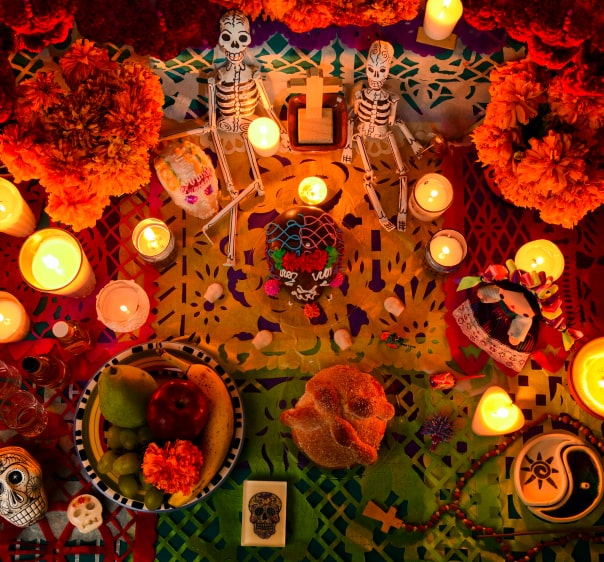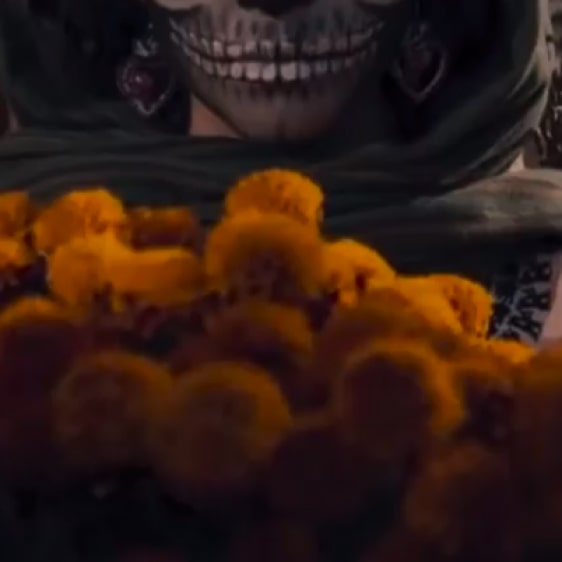Day Of The Dead

Día de los Muertos
Day of the Dead, Día de los Muertos, is not, in fact, a morbid custom, nor is it only one day. Each year, in most countries that celebrate this 3,000 year-old Meso-American custom, it is divided between October 31st through November 2nd (please see our FAQ section for an explanation of how each day is celebrated).
“KAH” translates to “life” in the ancient Mayan language, and DoD is, in fact, is a celebration of lives lived.
The multi-day festival brings together family and friends to pray for and remember those they have lost. The customs are based on the belief that mourning and sadness are an insult to the deceased, and therefore, the lives they lived should be celebrated with the food, drink and activities they enjoyed while still alive.
Most common rituals
During the festival, private altars (ofrendas) are adorned with decorative skeletal images (calaveras) or stand-alone skulls (also called “sugar skulls”) and typically festooned with the traditional holiday flower—marigolds. It is thought the golden yellow-orange flower can act as a beacon to guide lost souls to the altar put there by their loved ones. Personal photographs and other colorful ornamentation and mementos are also placed on the ofrendas.


Traditions and rituals vary in countries that celebrate Día de los Muertos and can even differ within the same country. For instance, in Peru, La Diablada, the Dance of Satan (as depicted on our Reposado packaging), and only takes place in Puno. And in Bolivia, actual skulls are placed on ofrendas (as depicted in our Blanco packaging), and this ritual is held later, on November 8th.